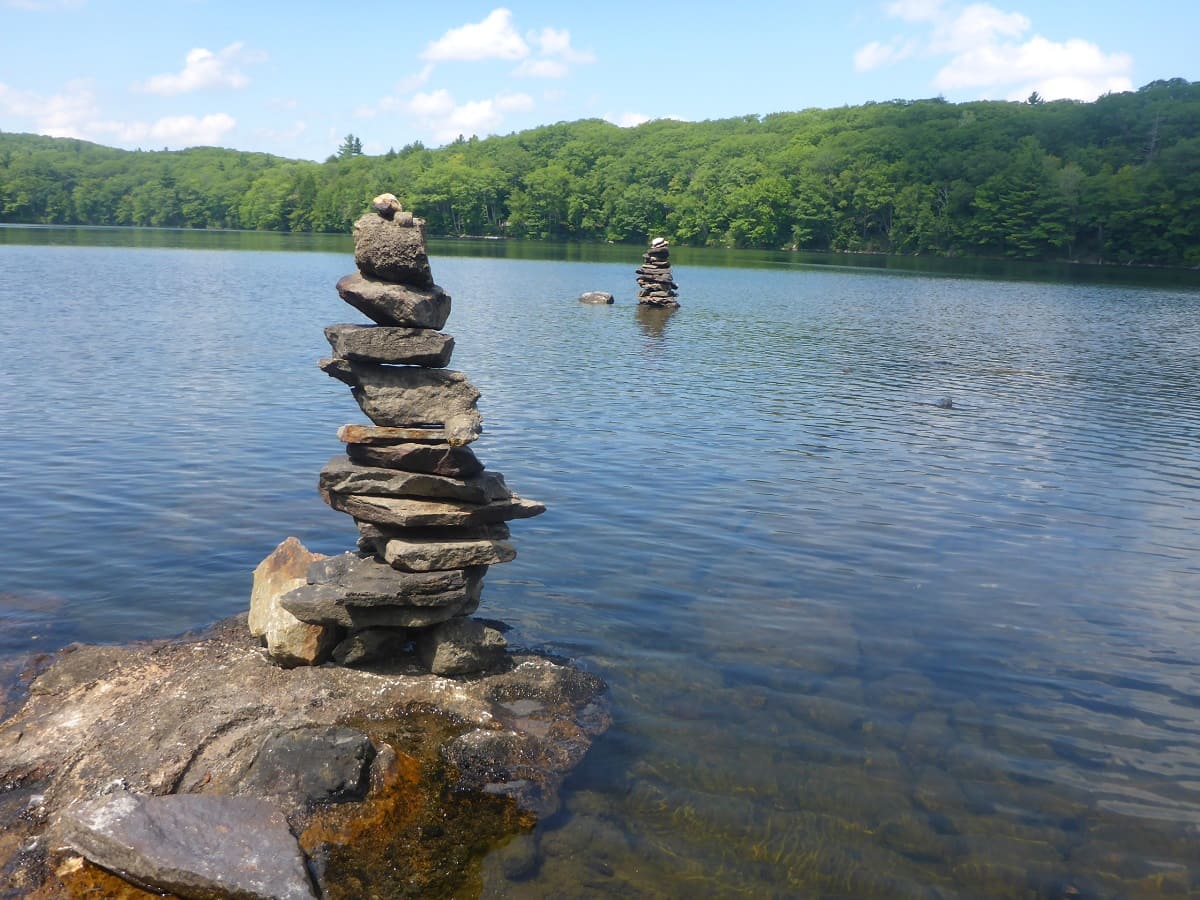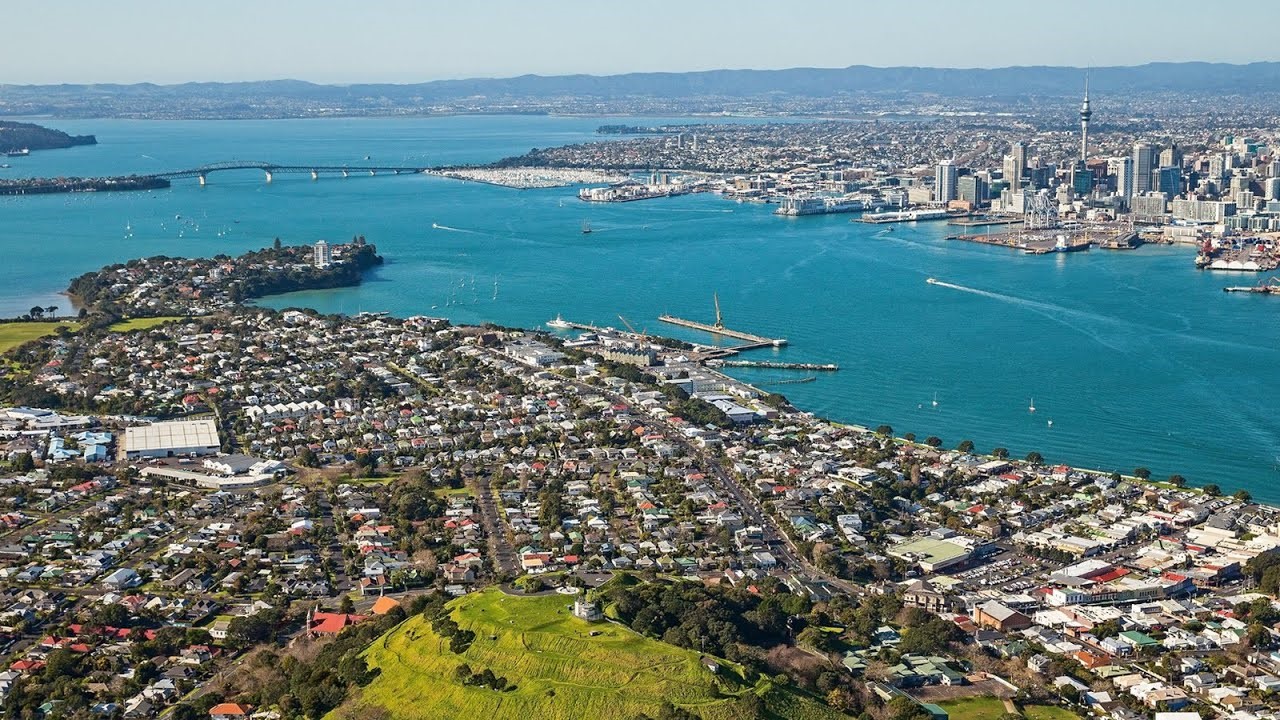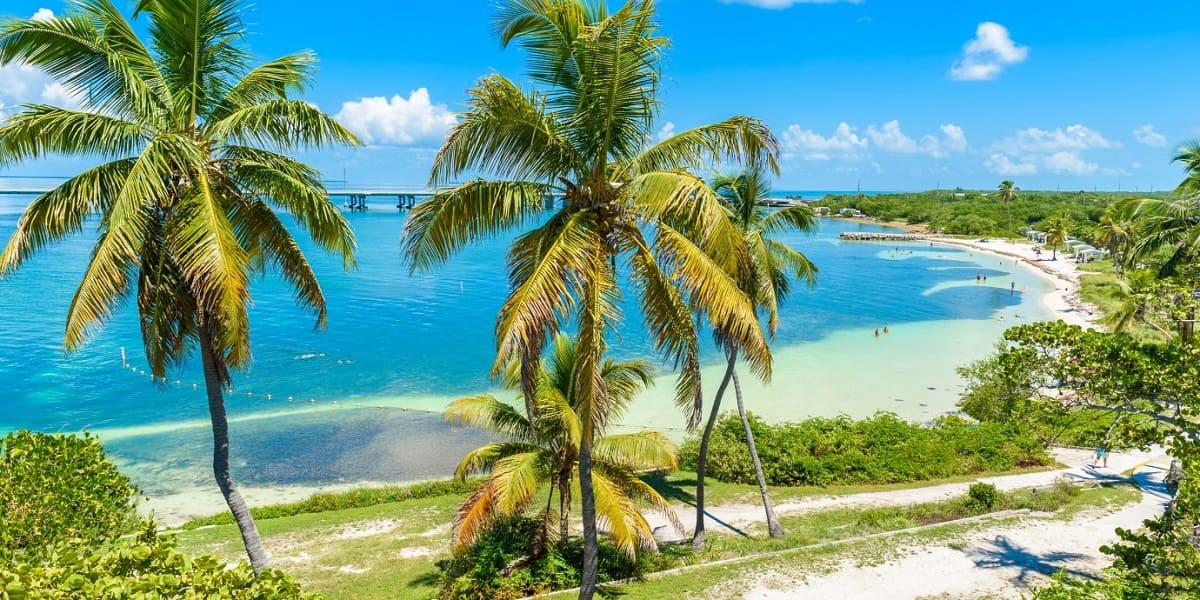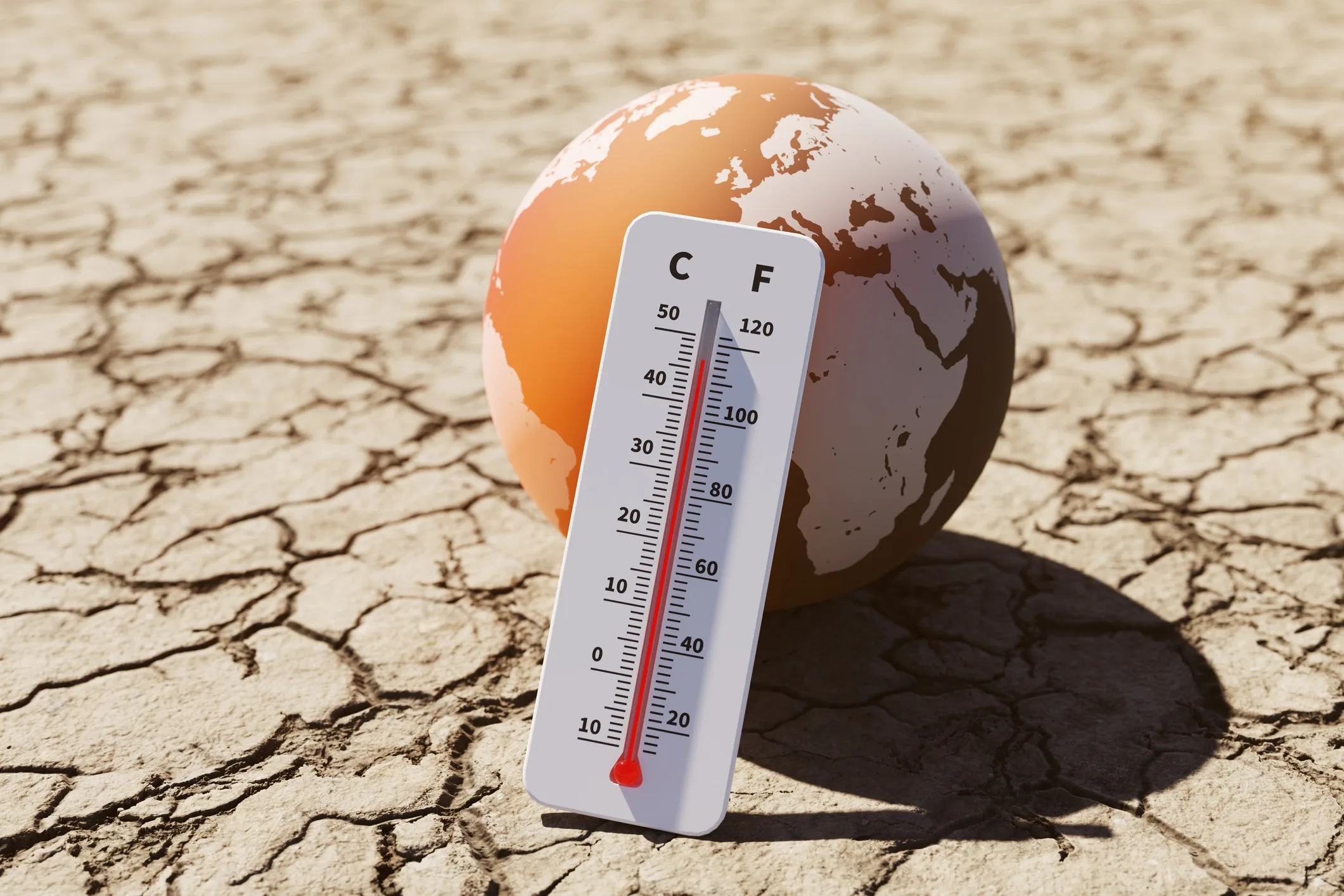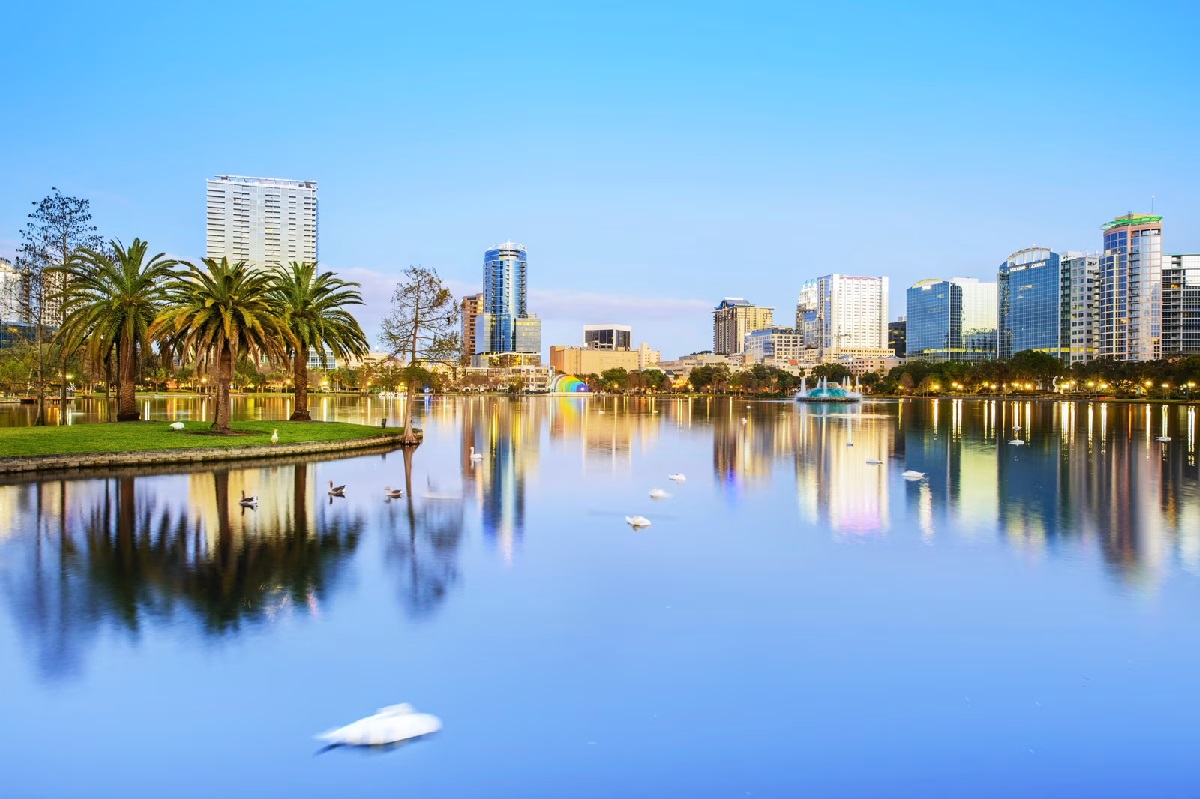Home>Health & Nutrition>Exploring The Wonders Of The Freshwater Biome: A Comprehensive Guide
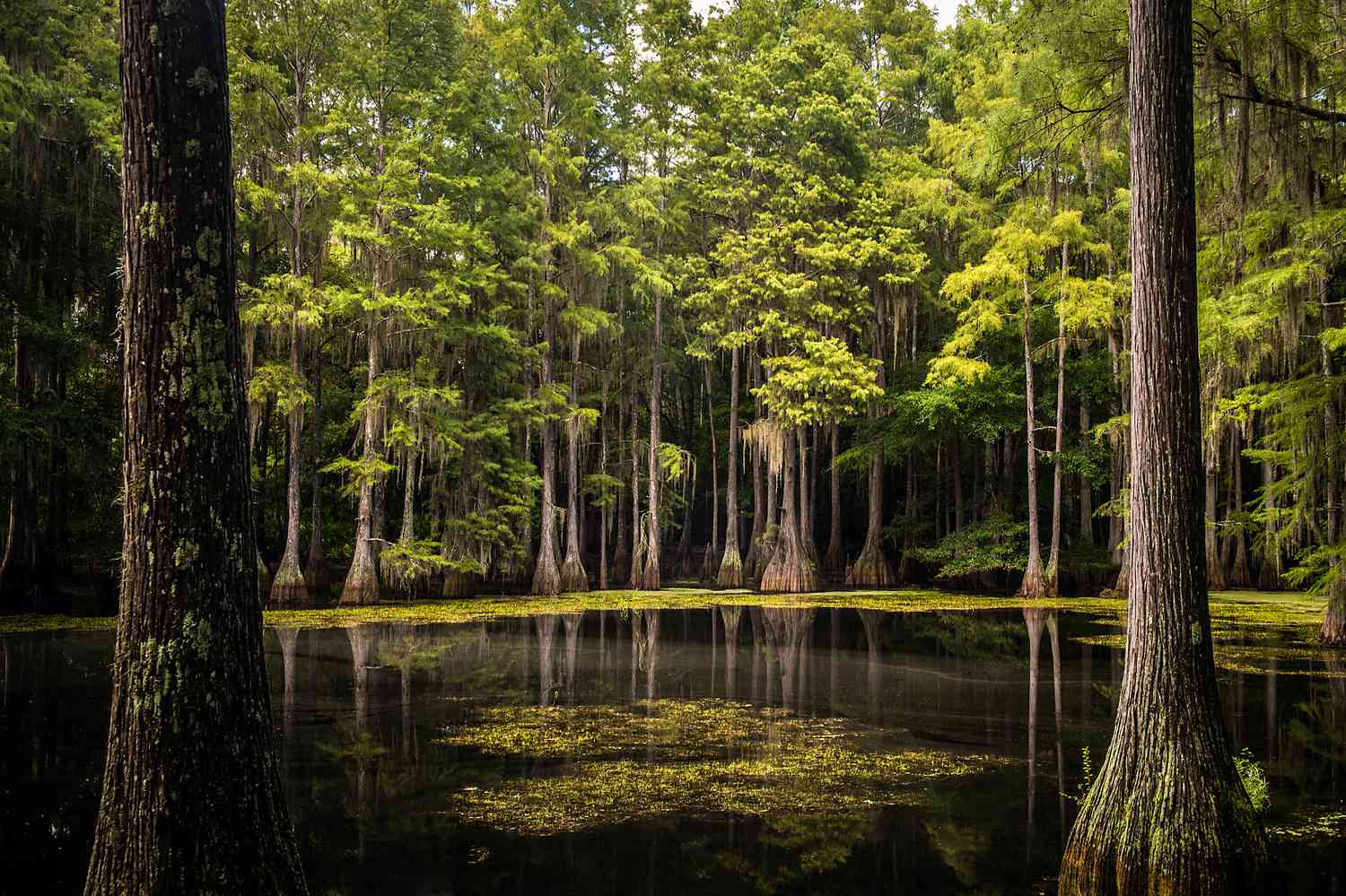

Health & Nutrition
Exploring The Wonders Of The Freshwater Biome: A Comprehensive Guide
Published: February 19, 2024
Discover the fascinating world of the freshwater biome and its impact on health and nutrition. Explore the diverse ecosystem and its vital role in sustaining life.
(Many of the links in this article redirect to a specific reviewed product. Your purchase of these products through affiliate links helps to generate commission for Temperatures.com, at no extra cost. Learn more)
Table of Contents
Introduction
Welcome to the enchanting realm of the freshwater biome, where a world of wonder awaits exploration. From the tranquil flow of rivers to the serene beauty of lakes and the vibrant energy of wetlands, the freshwater biome encompasses a diverse array of habitats that teem with life. This captivating ecosystem plays a vital role in sustaining life on our planet, serving as a cradle for an astonishing variety of flora and fauna.
As we embark on this journey of discovery, we will delve into the intricate web of life that thrives within freshwater ecosystems. From the smallest microorganisms to the majestic creatures that call these habitats home, each component contributes to the delicate balance that sustains the freshwater biome.
Throughout this comprehensive guide, we will unravel the mysteries of freshwater ecosystems, gaining a deeper understanding of their significance and the challenges they face. By exploring the rich tapestry of life within these habitats, we will uncover the profound interconnectedness of all living beings and the profound impact of human activities on these delicate environments.
Join me as we embark on an immersive exploration of the freshwater biome, where every ripple in the water tells a story of resilience, adaptation, and the enduring beauty of nature. Let's venture into this captivating world, where the ebb and flow of life create a symphony of existence that is both awe-inspiring and humbling.
Read more: Exploring The Wonders Of Summer In Iceland
Understanding the Freshwater Biome
The freshwater biome encompasses a diverse range of aquatic habitats, including rivers, lakes, ponds, and wetlands, each with its own unique characteristics and inhabitants. These ecosystems are defined by their low salinity levels, distinguishing them from marine environments and creating a haven for a rich tapestry of life. The freshwater biome is a dynamic and vibrant realm that supports an incredible array of flora and fauna, each intricately woven into the fabric of these aquatic landscapes.
One of the defining features of the freshwater biome is its role as a source of drinking water, irrigation, and transportation for human communities. Additionally, these ecosystems provide essential habitats for countless species, serving as breeding grounds, feeding areas, and shelter for a diverse array of organisms. The interconnectedness of these habitats with surrounding terrestrial ecosystems further underscores their significance, as they influence and are influenced by the delicate balance of life on Earth.
The flow of rivers and streams, the stillness of lakes, and the transitional nature of wetlands create a mosaic of habitats within the freshwater biome. Each of these environments presents its own set of challenges and opportunities for the organisms that call them home. From the swift currents of rivers that shape the landscape and provide oxygenation to the water, to the tranquil depths of lakes that harbor unique species adapted to their specific conditions, the freshwater biome is a realm of constant adaptation and evolution.
Furthermore, the seasonal fluctuations and interconnectedness of freshwater ecosystems contribute to their dynamic nature. The ebb and flow of water levels, the migration of species, and the intricate food webs that sustain life within these habitats all contribute to the complex and fascinating tapestry of the freshwater biome.
In understanding the freshwater biome, we gain insight into the delicate balance that sustains life within these ecosystems. The interplay of physical, chemical, and biological factors creates a harmonious yet fragile environment that is both resilient and vulnerable. By delving into the intricacies of the freshwater biome, we can appreciate the interconnectedness of all life forms and the profound impact of human activities on these vital ecosystems.
The Importance of Freshwater Ecosystems
Freshwater ecosystems play a pivotal role in sustaining life on our planet, serving as vital sources of water for human consumption, agriculture, and industrial activities. These ecosystems are not only essential for human well-being but also support a myriad of plant and animal species, contributing to the overall health and balance of the natural world.
One of the most significant contributions of freshwater ecosystems is their role in providing clean and accessible water for human communities. Rivers, lakes, and wetlands serve as primary sources of drinking water, supporting the basic needs of human populations around the globe. Additionally, freshwater habitats play a crucial role in irrigation, enabling the cultivation of crops and sustaining agricultural practices that are fundamental to food production.
Beyond their direct benefits to human societies, freshwater ecosystems harbor an astonishing diversity of flora and fauna. These habitats provide essential breeding grounds, feeding areas, and shelter for countless species, contributing to the overall biodiversity of the planet. The intricate food webs within freshwater ecosystems support a complex network of interactions, from microscopic organisms to apex predators, each playing a vital role in maintaining the balance of these delicate environments.
Furthermore, freshwater ecosystems are intricately linked to surrounding terrestrial habitats, influencing and being influenced by the broader landscape. Wetlands, for example, act as natural filters, purifying water and mitigating the impacts of floods and droughts. They also provide critical habitats for migratory birds and numerous other species, contributing to the overall health of the environment.
The significance of freshwater ecosystems extends beyond their immediate surroundings, as they play a crucial role in regulating the Earth's climate. These habitats sequester carbon, mitigate the impacts of climate change, and contribute to the overall stability of the planet's ecosystems.
In essence, the importance of freshwater ecosystems cannot be overstated. They are not only essential for human survival and well-being but also contribute to the overall health and balance of the natural world. Recognizing the profound significance of these habitats is crucial in fostering a deeper appreciation for their value and in promoting sustainable practices that ensure their preservation for future generations.
Characteristics of Freshwater Habitats
Freshwater habitats encompass a diverse array of ecosystems, each with its own unique characteristics that shape the intricate tapestry of life within these environments. From the flowing currents of rivers to the tranquil expanses of lakes and the dynamic nature of wetlands, freshwater habitats exhibit a range of defining features that contribute to their richness and complexity.
1. Flowing Rivers and Streams
Rivers and streams are dynamic and ever-changing habitats characterized by the continuous flow of water. The swift currents of rivers shape the landscape, carving through the earth to create diverse habitats for a multitude of species. The flow of water provides oxygenation and nutrient transport, supporting a rich diversity of aquatic life. From the rocky rapids that harbor resilient species adapted to turbulent waters to the meandering stretches that offer refuge for a variety of organisms, rivers and streams are teeming with vitality and energy.
2. Serene Lakes and Ponds
Lakes and ponds present a stark contrast to the dynamic nature of rivers, offering tranquil expanses of water that support a distinct array of life. These freshwater habitats vary in size and depth, creating a range of conditions that give rise to unique ecosystems. The still waters of lakes provide habitats for diverse species, from the submerged vegetation that harbors aquatic insects and fish to the open waters that support a wealth of bird and amphibian life. The seasonal fluctuations in water levels further contribute to the dynamic nature of these habitats, influencing the abundance and distribution of species within their depths.
3. Dynamic Wetlands
Wetlands represent a transitional zone between aquatic and terrestrial ecosystems, characterized by the presence of water and unique vegetation. These diverse habitats include marshes, swamps, and bogs, each with its own distinct characteristics. Wetlands play a crucial role in filtering water, mitigating floods, and providing essential habitats for a wide range of species. The rich biodiversity of wetlands, from the myriad bird species that rely on these habitats for nesting and feeding to the specialized plants adapted to waterlogged conditions, underscores their significance within the freshwater biome.
4. Seasonal Fluctuations
One of the defining characteristics of freshwater habitats is the seasonal fluctuations in water levels, which influence the dynamics of these ecosystems. From the spring floods that rejuvenate riverine habitats to the summer droughts that challenge the resilience of lake ecosystems, these fluctuations shape the patterns of life within freshwater environments. The ability of species to adapt to these changes, from the migration of fish to the breeding strategies of amphibians, reflects the remarkable resilience and adaptability of life within the freshwater biome.
In essence, the characteristics of freshwater habitats reflect the diverse and dynamic nature of these ecosystems, each contributing to the rich tapestry of life that thrives within them. Understanding and appreciating these characteristics is essential in recognizing the profound value of freshwater habitats and in fostering efforts to ensure their preservation for generations to come.
Flora and Fauna of the Freshwater Biome
The freshwater biome is a haven for a remarkable diversity of flora and fauna, each intricately woven into the tapestry of life within these aquatic ecosystems. From the lush vegetation that adorns riverbanks and wetlands to the myriad species of fish, amphibians, birds, and mammals that call these habitats home, the flora and fauna of the freshwater biome contribute to its vibrancy and ecological significance.
Flora of the Freshwater Biome
The flora of freshwater habitats encompasses a wide array of plant species, each adapted to thrive in the unique conditions of rivers, lakes, and wetlands. Submerged aquatic plants, such as water lilies and pondweeds, play a crucial role in oxygenating the water and providing essential habitats for aquatic insects and fish. These plants form intricate underwater ecosystems, supporting a diverse community of organisms and contributing to the overall health of freshwater habitats.
Additionally, emergent plants, including cattails and bulrushes, flourish along the edges of lakes and wetlands, creating vital habitats for birds, amphibians, and mammals. These plants provide nesting sites for waterfowl, shelter for amphibians, and foraging grounds for a variety of species, contributing to the rich biodiversity of freshwater ecosystems.
Fauna of the Freshwater Biome
The fauna of the freshwater biome is equally diverse, encompassing a multitude of species that have evolved to thrive in these dynamic aquatic environments. Fish species, ranging from the iconic salmon and trout to the elusive catfish and sturgeon, are integral components of freshwater food webs, serving as both predators and prey within these ecosystems. Their migratory behaviors and spawning rituals further underscore their significance in the intricate balance of freshwater habitats.
Amphibians, such as frogs, toads, and salamanders, are well adapted to the transitional nature of freshwater ecosystems, utilizing both aquatic and terrestrial habitats for breeding and foraging. These species play essential roles in controlling insect populations and serving as indicators of environmental health, making them invaluable members of freshwater communities.
Furthermore, the avian inhabitants of freshwater habitats, including waterfowl, herons, and shorebirds, rely on these ecosystems for nesting, feeding, and migration. The interconnectedness of these species with the aquatic environment highlights the significance of freshwater habitats as essential stopover points for migratory birds and as year-round homes for numerous avian species.
Mammals such as beavers, otters, and muskrats are also prominent residents of freshwater ecosystems, shaping the landscape and contributing to the overall dynamics of these habitats. Their behaviors, from dam-building to foraging, have far-reaching impacts on the structure and function of freshwater environments, further emphasizing the intricate relationships between flora and fauna within the freshwater biome.
In essence, the flora and fauna of the freshwater biome form a complex and interconnected web of life, each species playing a vital role in sustaining the health and balance of these dynamic ecosystems. The richness and diversity of life within freshwater habitats underscore their profound ecological significance and the need for concerted efforts to preserve and protect these invaluable environments.
Threats to the Freshwater Biome
The freshwater biome faces a myriad of threats that jeopardize the delicate balance of these vital ecosystems. Human activities, pollution, habitat destruction, and climate change pose significant challenges to the health and sustainability of freshwater habitats, placing immense pressure on the flora and fauna that rely on these environments for survival.
One of the most pressing threats to the freshwater biome is pollution, stemming from agricultural runoff, industrial discharge, and urban development. The introduction of pollutants such as pesticides, fertilizers, heavy metals, and plastics into freshwater ecosystems has far-reaching consequences, impacting water quality, aquatic life, and the overall health of these habitats. The accumulation of pollutants not only disrupts the delicate balance of freshwater ecosystems but also poses risks to human health, highlighting the interconnectedness of these environments with human well-being.
Habitat destruction and fragmentation further exacerbate the threats facing the freshwater biome. The conversion of natural landscapes for agriculture, urbanization, and infrastructure development results in the loss of critical habitats for countless species. Wetlands, in particular, are highly vulnerable to habitat loss, with significant implications for the biodiversity and ecological functions they support. The fragmentation of freshwater habitats also disrupts the natural connectivity essential for the migration and dispersal of species, further compromising the resilience of these ecosystems.
Climate change poses a pervasive and escalating threat to freshwater habitats, manifesting in the form of altered precipitation patterns, rising temperatures, and extreme weather events. These changes have profound impacts on the hydrological cycles of rivers, lakes, and wetlands, leading to shifts in water availability, quality, and temperature. The consequences of climate change reverberate throughout freshwater ecosystems, affecting the distribution and abundance of species, the timing of biological events, and the overall stability of these habitats.
Invasive species represent another significant threat to the freshwater biome, outcompeting native flora and fauna and disrupting the delicate ecological balance of these ecosystems. The introduction of non-native species, whether intentional or accidental, can have devastating effects on freshwater habitats, leading to the displacement of native species, altered food webs, and diminished biodiversity. Invasive species pose a formidable challenge to the conservation and restoration of freshwater ecosystems, requiring proactive management strategies to mitigate their impacts.
The cumulative effects of these threats underscore the urgent need for comprehensive conservation efforts to safeguard the freshwater biome. By addressing the root causes of pollution, implementing sustainable land use practices, mitigating the impacts of climate change, and managing invasive species, we can work towards preserving the integrity and resilience of these invaluable ecosystems. Recognizing the interconnectedness of human activities with the health of freshwater habitats is essential in fostering a collective commitment to protecting these vital environments for future generations.
Conservation Efforts for Freshwater Ecosystems
Preserving the health and integrity of freshwater ecosystems is a paramount priority, necessitating concerted conservation efforts aimed at mitigating the threats these vital habitats face. A multifaceted approach encompassing proactive measures, community engagement, and policy interventions is essential in safeguarding the resilience and biodiversity of freshwater environments.
One of the cornerstone initiatives in freshwater ecosystem conservation is the establishment of protected areas and conservation reserves. Designating specific regions as protected areas, such as national parks, wildlife refuges, and aquatic reserves, serves to safeguard critical habitats and species, providing a sanctuary for the diverse flora and fauna that rely on these environments. These protected areas not only serve as havens for biodiversity but also contribute to scientific research, environmental education, and ecotourism, fostering a deeper appreciation for the intrinsic value of freshwater ecosystems.
Community engagement and stakeholder involvement are integral components of successful freshwater conservation efforts. Collaborative partnerships with local communities, indigenous groups, and stakeholders are essential in fostering a sense of stewardship and shared responsibility for the sustainable management of freshwater resources. Empowering communities through education, capacity building, and participatory decision-making processes enhances the effectiveness and long-term sustainability of conservation initiatives, ensuring that the voices and knowledge of those directly connected to freshwater ecosystems are valued and integrated into management strategies.
Furthermore, the implementation of sustainable land use practices and watershed management strategies is crucial in preserving the health of freshwater ecosystems. Adopting measures to reduce agricultural runoff, control soil erosion, and protect riparian zones contributes to the overall water quality and ecological integrity of rivers, lakes, and wetlands. Integrated watershed management approaches, which consider the interconnectedness of land and water resources, are essential in addressing the cumulative impacts of human activities on freshwater habitats, promoting a holistic and sustainable approach to conservation.
Policy interventions at local, national, and international levels play a pivotal role in shaping the framework for freshwater ecosystem conservation. Legislation and regulations aimed at controlling pollution, managing water resources, and preserving critical habitats are essential in providing legal safeguards for freshwater ecosystems. Additionally, international agreements and conventions, such as the Ramsar Convention on Wetlands and the United Nations Sustainable Development Goals, provide overarching frameworks for global cooperation and action in safeguarding freshwater resources, emphasizing the interconnectedness of these habitats with broader environmental and societal goals.
In essence, conservation efforts for freshwater ecosystems require a comprehensive and collaborative approach that integrates ecological, social, and governance dimensions. By embracing a shared commitment to preserving the vitality and resilience of freshwater habitats, we can work towards ensuring the enduring health and abundance of these invaluable ecosystems for present and future generations.
Exploring Freshwater Biomes Around the World
Embarking on a global journey to explore the freshwater biomes of our planet unveils a breathtaking tapestry of diversity, beauty, and ecological significance. From the majestic rivers of the Amazon basin to the serene lakes of North America and the vibrant wetlands of Africa, freshwater ecosystems offer a captivating glimpse into the wonders of nature.
The Amazon River, with its awe-inspiring expanse and unparalleled biodiversity, stands as a testament to the magnificence of freshwater biomes. Flowing through the heart of the Amazon rainforest, this iconic river sustains an astonishing array of flora and fauna, from elusive river dolphins and colorful macaws to elusive jaguars and vibrant orchids. The intricate web of life within the Amazon River basin reflects the resilience and interconnectedness of freshwater ecosystems on a grand scale.
In North America, the Great Lakes stand as a testament to the sheer magnitude and ecological significance of freshwater habitats. These vast bodies of water, bordering the United States and Canada, harbor a rich diversity of species, from the iconic bald eagles and sturgeon to the delicate water lilies and elusive lake trout. The Great Lakes region serves as a living laboratory for understanding the complex interactions within freshwater ecosystems and the profound impact of human activities on these vital habitats.
Venturing to Africa, the Okavango Delta emerges as a jewel of the freshwater biome, showcasing the dynamic nature of wetland ecosystems. This sprawling oasis in the heart of the Kalahari Desert teems with life, from graceful elephants and stealthy crocodiles to vibrant papyrus reeds and intricate water lilies. The Okavango Delta exemplifies the resilience and adaptability of freshwater habitats, serving as a critical refuge for countless species in the face of environmental challenges.
Exploring the freshwater biomes of the world unveils a mosaic of habitats, each with its own unique characteristics, inhabitants, and ecological importance. From the intricate network of rivers and lakes to the transitional nature of wetlands, these ecosystems offer a glimpse into the interconnectedness of all life forms and the profound impact of human activities on the delicate balance of nature.
As we immerse ourselves in the exploration of freshwater biomes around the world, we gain a deeper appreciation for the intrinsic value of these vital ecosystems and the urgent need to preserve and protect them for the well-being of present and future generations.
Conclusion
In conclusion, the freshwater biome stands as a testament to the resilience, interconnectedness, and ecological significance of these vital ecosystems. From the flowing rivers and tranquil lakes to the dynamic wetlands, freshwater habitats harbor a rich tapestry of life that sustains the health and balance of our planet. The flora and fauna of the freshwater biome, from the submerged aquatic plants to the diverse array of fish, amphibians, birds, and mammals, contribute to the vibrancy and ecological importance of these environments.
However, the freshwater biome faces a myriad of threats, including pollution, habitat destruction, climate change, and invasive species, which jeopardize the delicate balance of these vital ecosystems. The cumulative impacts of human activities on freshwater habitats underscore the urgent need for comprehensive conservation efforts aimed at safeguarding the resilience and biodiversity of these environments.
Efforts to preserve the health and integrity of freshwater ecosystems encompass a multifaceted approach, including the establishment of protected areas, community engagement, sustainable land use practices, and policy interventions. By embracing a shared commitment to preserving the vitality and resilience of freshwater habitats, we can work towards ensuring the enduring health and abundance of these invaluable ecosystems for present and future generations.
Exploring freshwater biomes around the world unveils a breathtaking tapestry of diversity, beauty, and ecological significance. From the majestic rivers of the Amazon basin to the serene lakes of North America and the vibrant wetlands of Africa, these ecosystems offer a captivating glimpse into the wonders of nature. The interconnectedness of all life forms and the profound impact of human activities on the delicate balance of nature become evident as we immerse ourselves in the exploration of freshwater biomes around the world.
In essence, the freshwater biome serves as a poignant reminder of the intricate web of life that thrives within these vital ecosystems. By recognizing the profound value of freshwater habitats and fostering concerted efforts to ensure their preservation, we can uphold the enduring legacy of these invaluable environments for generations to come.

